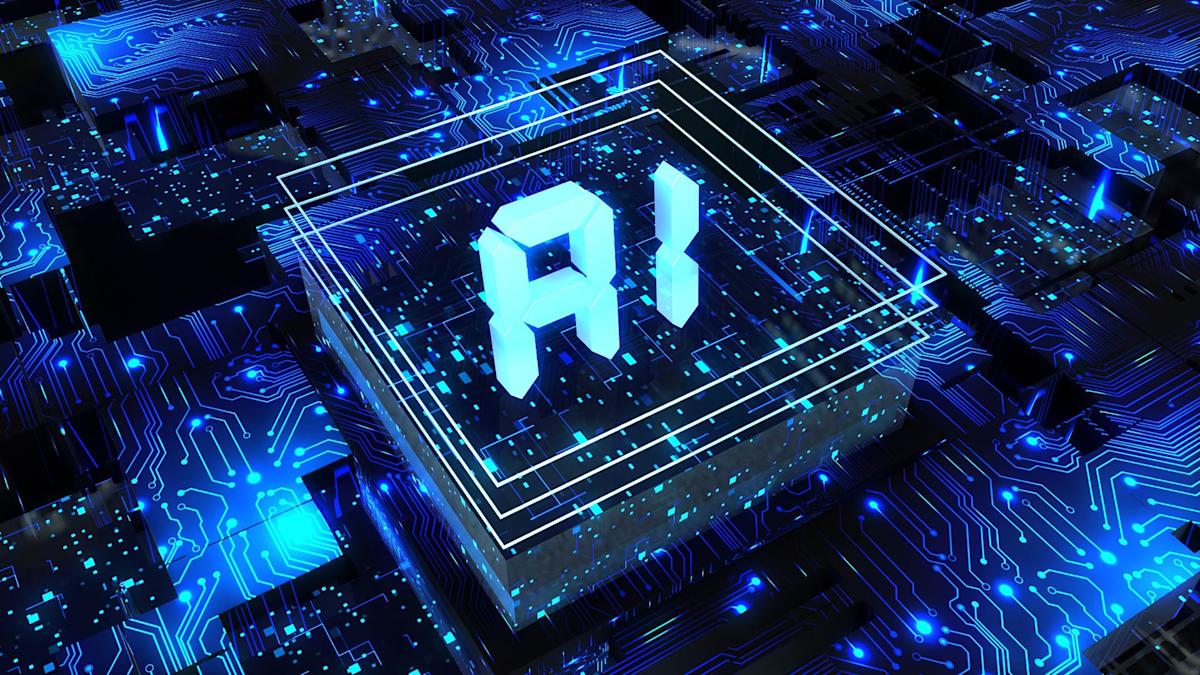IBM’s AI Mainframe Project Set to Increase Revenue This Year

The Role of IBM’s Mainframe in Modern Business
Overview of IBM and Its Revenue Streams
International Business Machines (IBM), a long-standing leader in technology, primarily earns its revenue from software and consulting services. However, its hardware segment remains significant. Among the various offerings, IBM’s mainframe systems are particularly noteworthy for their reliability and performance. In fact, an impressive 43 out of the 50 largest banks globally utilize IBM’s mainframes to manage critical operational tasks.
The Evolution of IBM’s Mainframes
Regular Updates and Enhancements
IBM typically updates its mainframe lineup every two to three years. These updates not only bring enhanced performance but also introduce new features that meet the changing needs of businesses. Recently, the trend has shifted towards greater integration of artificial intelligence (AI) in these systems.
Key Updates Include:
- Improved Performance: Each new model displays better processing power than its predecessors.
- Focus on AI Capabilities: The integration of AI technologies is becoming a focal point for IBM’s mainframe offerings.
Introduction of the z17 Mainframe
Key Features of the z17
IBM recently announced its latest mainframe, the z17, which incorporates the IBM Telum II processor. This latest processor offers significant improvements, including:
- Advanced AI Processing: The Telum II can perform up to 450 billion AI inferencing operations every day.
- Quick Response Times: The system is designed for applications requiring almost instant results, such as real-time fraud detection during credit card transactions.
Future Enhancements with Spyre Accelerator
IBM is also planning to launch the Spyre Accelerator, an AI expansion card that can be used with the z17 to boost its computational capabilities further. This development will enable clients to utilize advanced AI tools based on IBM’s Granite models, thereby enhancing their operational efficiency.
Historical Performance and Revenue Trends
Previous Notable Model – The z16
Before the introduction of the z17, IBM’s z16 model, released nearly three years ago, had a significant impact. It turned out to be the most successful mainframe cycle in IBM’s history, with the customer base measured by MIPS (Million Instructions Per Second) increasing by approximately 30% compared to its predecessors.
In the quarter that z16 was fully operational, IBM experienced a remarkable increase of 88% in mainframe revenue year-over-year. The demand for upgraded models often leads to spikes in sales as businesses look to modernize their systems.
Revenue Insights and Forecasts
As IBM prepares for the z17’s market introduction, it is anticipated that mainframe revenue will see a substantial rise in the latter half of the current year. While IBM does not disclose exact figures for mainframe income, its hybrid infrastructure category, which includes mainframes, generated $8.9 billion in 2024.
Broader Economic Considerations
IBM has forecasted a revenue growth of over 5% for the upcoming year, which reflects optimism supported by the launch of the z17. This growth is vital, especially given existing market challenges such as U.S. tariffs and potential wider economic slowdowns. However, the indispensable nature of IBM’s mainframes, especially with their new AI functionalities, suggests that demand will likely remain strong among clients.
Impact on Software and Consulting Revenue
The introduction of AI-driven mainframe systems also has the potential to boost IBM’s software and consulting offerings. To date, IBM has secured over $5 billion in generative AI-related contracts, with a significant portion linked to consulting services. As existing clients transition to the z17, additional sales opportunities in software and consulting are expected.
This evolving landscape positions IBM’s mainframes as critical assets for businesses looking to leverage AI capabilities for enhanced operational performance.





